|
A wildly eclectic musical offering on this Annual Meeting Sunday morning.
Libby Larsen's imaginative organ setting of the hymn tune "Blessed Be the Tie That Binds" opens worship on a fresh contemporary note. The tune weaves its way subtly through numerous swirling textures culminating in a wonderfully dissonant restating of this 19th century tune. The Neo-Baroque stylings of Helmut Walcha are reinterpreted through a cello and organ arrangement of the German chorale "O Jesus Christ, Our True Light" during the Musical Offering. Cellist Lucas Jackson joins. When confronted with unexpected circumstances, abundant imagination and perseverance is often the remedy. David Bowie speaks to this in his well-known song "Changes" from 1971's "Hunky Dory." Bassist Peter Strening joins vocalist Lucas Jackson and me for a vibrant reading of this still timely and relevant classic. This month also marks the 75th birthday (January 8) and six year anniversary (January 10) of the passing of this great artist.
0 Comments
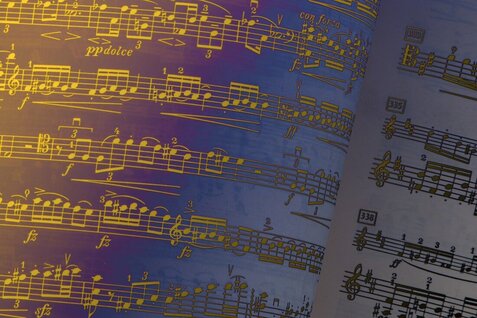 Image: click for credit Image: click for credit A sonata is a multi-movement instrumental work, occasionally through-composed, meant to express a composer's creativity and highlight the solo instrument in question. Originating from the archaic Italian word "sonare" ("to sound"), it is meant to provide a clear musical distinction from the cantata ("to sing"). This Sunday morning we hear excerpts from two beloved sonatas of the violin and organ repertoires: the I. Andante and II. Allegro from Handel's "Sonata No. 1 in A Major" with violinist Harmony Tucker and the closing fugue from Mendelssohn's "Organ Sonata No. 2." 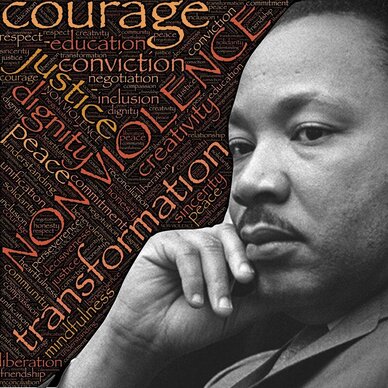 Image: johnhain via Pixabay Image: johnhain via Pixabay From the organ this Sunday, two distinctive settings of tunes from the African-American tradition on this Martin Luther King, Jr. weekend. Composer William Bolcom's collection of "Gospel Preludes" for the organ are a celebrated and artful ode to the African-American songbook. At the Prelude, we'll hear "Jesus Calls Us;O'er the Tumult", a 19th century hymn beautifully illustrating how Jesus beckons us over "life's wild, restless, sea" inviting us to find solace in his presence. Bolcom sets the work in a traditional Baroque ornamented chorale prelude form while employing harmonies based in the blues, gospel, and jazz idioms. Composer Richard Elliott, well-known as Principal Organist for the Mormon Tabernacle Choir in Temple Square, offers a sprightly and exuberant setting of the spiritual "Every Time I Feel the Spirit" at the Postlude. An accessible work that also references the chromatic characteristics of French organ composers such as Vierne and Widor, the piece joyfully exclaims the excitement and wonder of the Spirit at work. With the guidance of the Light of Epiphany, we follow our own road home in this New Year of 2022.
At the 9:00 a.m. "eclectic" service, we join in singing Carols of Light on this Epiphany Sunday along with a few songs from the road home. Bassist Peter Strening, Staff Singer Blair Carpenter and I lead the music this Sunday morning. Three carols of the Epiphany in inspired creative settings will be prayerfully offered at the 11:00 a.m. service. From the organ, the German 16th century chorale "Wie schön leuchtet der Morgenstern" (How lovely shines the morning star) begins worship in a revered sectional setting by Baroque composer Dietrich Buxtehude. If you listen carefully, you may even hear the star in the opening measures...:) J.S. Bach's bold and energetic setting of the new year chorale "In dir ist freude" (In thee is gladness) brings the service to a joyous close. The Chancel Choir offers "What Star Is This?" arranged by David Ashley White. Based on the 15th century tune "Puer Nobis" by Michael Praetorius, the Charles Coffin text relates the journey of the Magi to our own quest for the inner light of God. |
Details
|
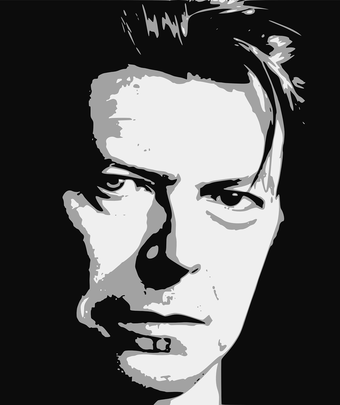
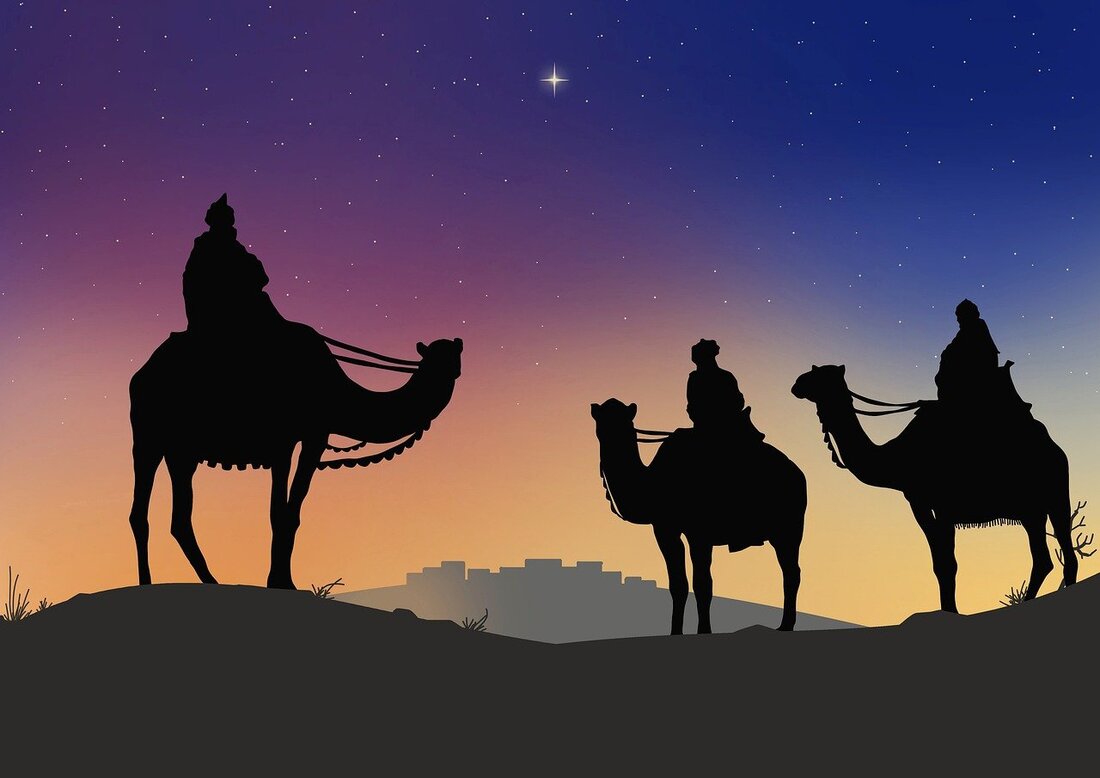
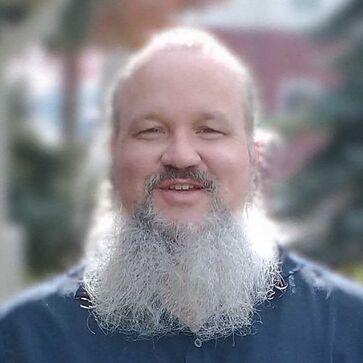
 RSS Feed
RSS Feed